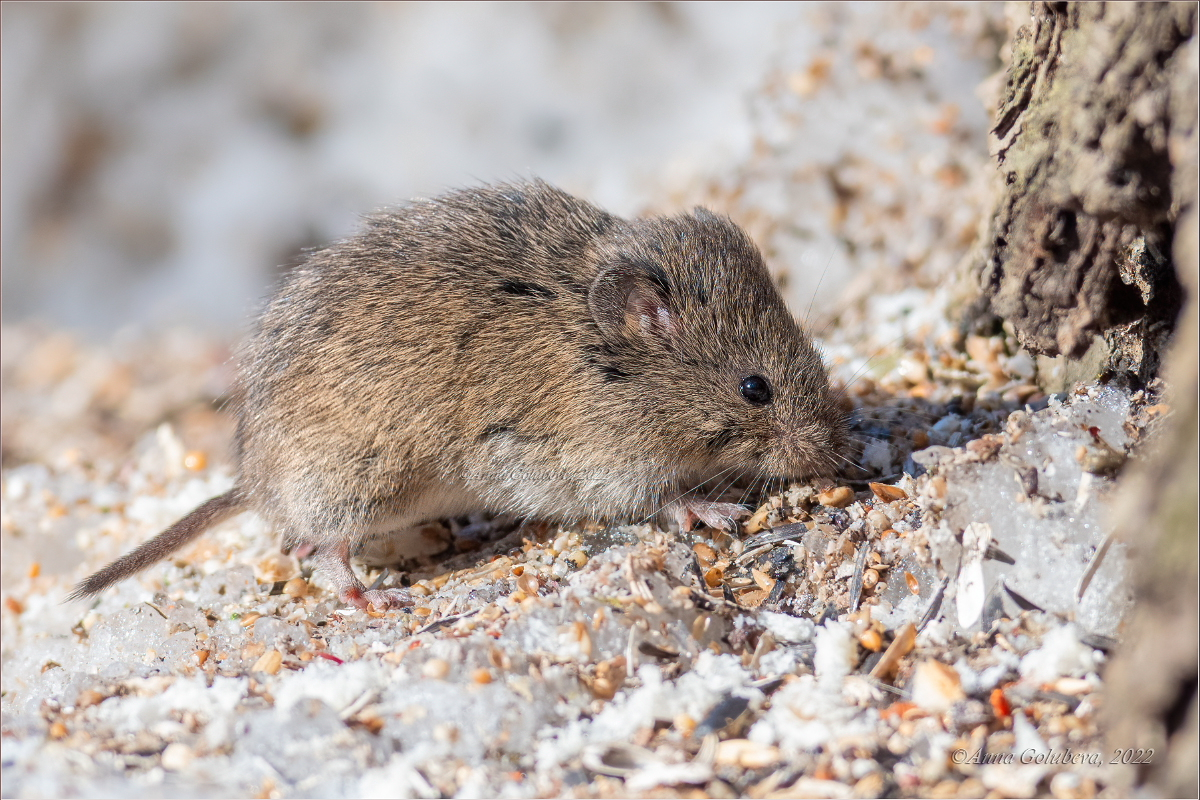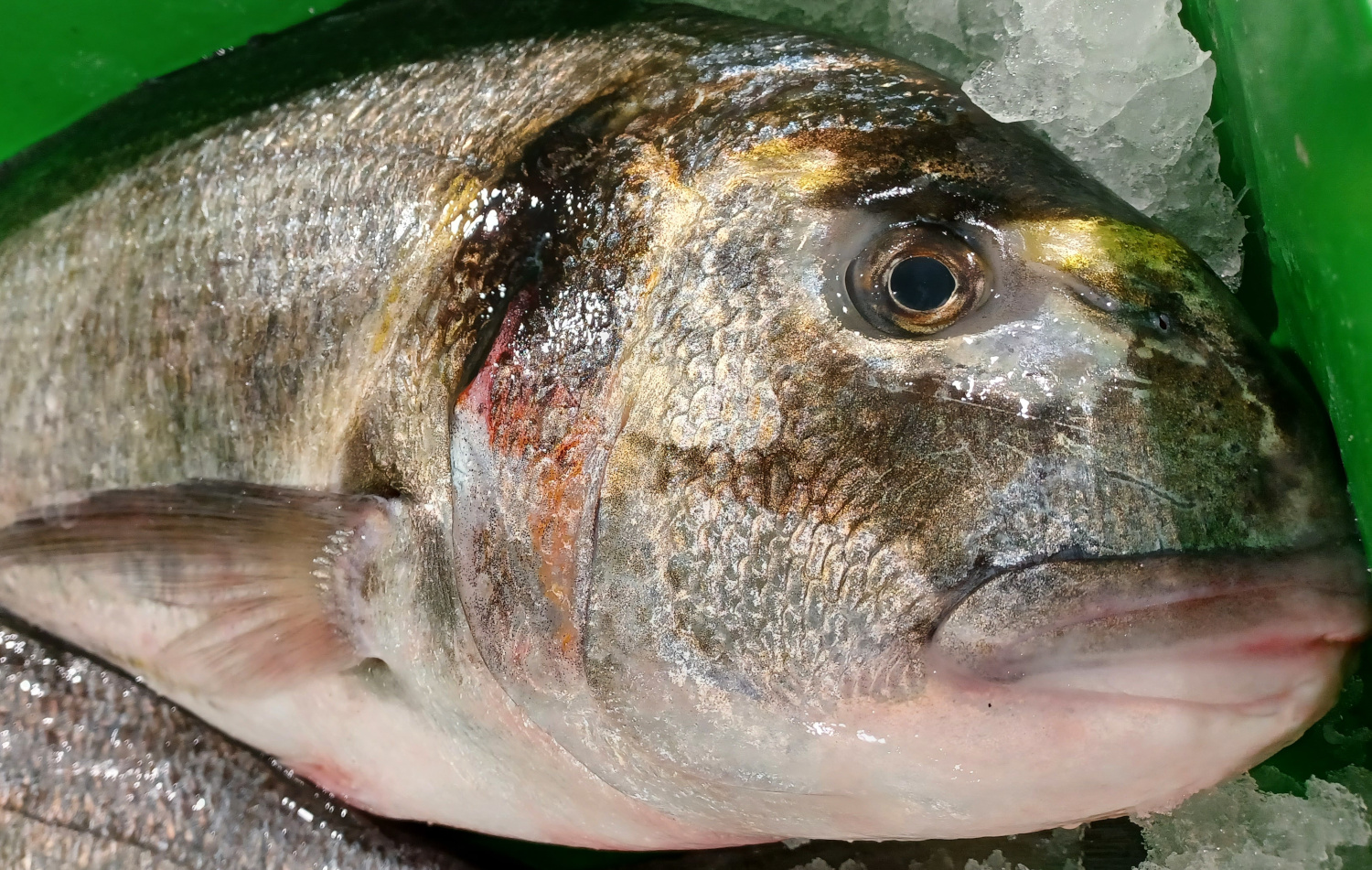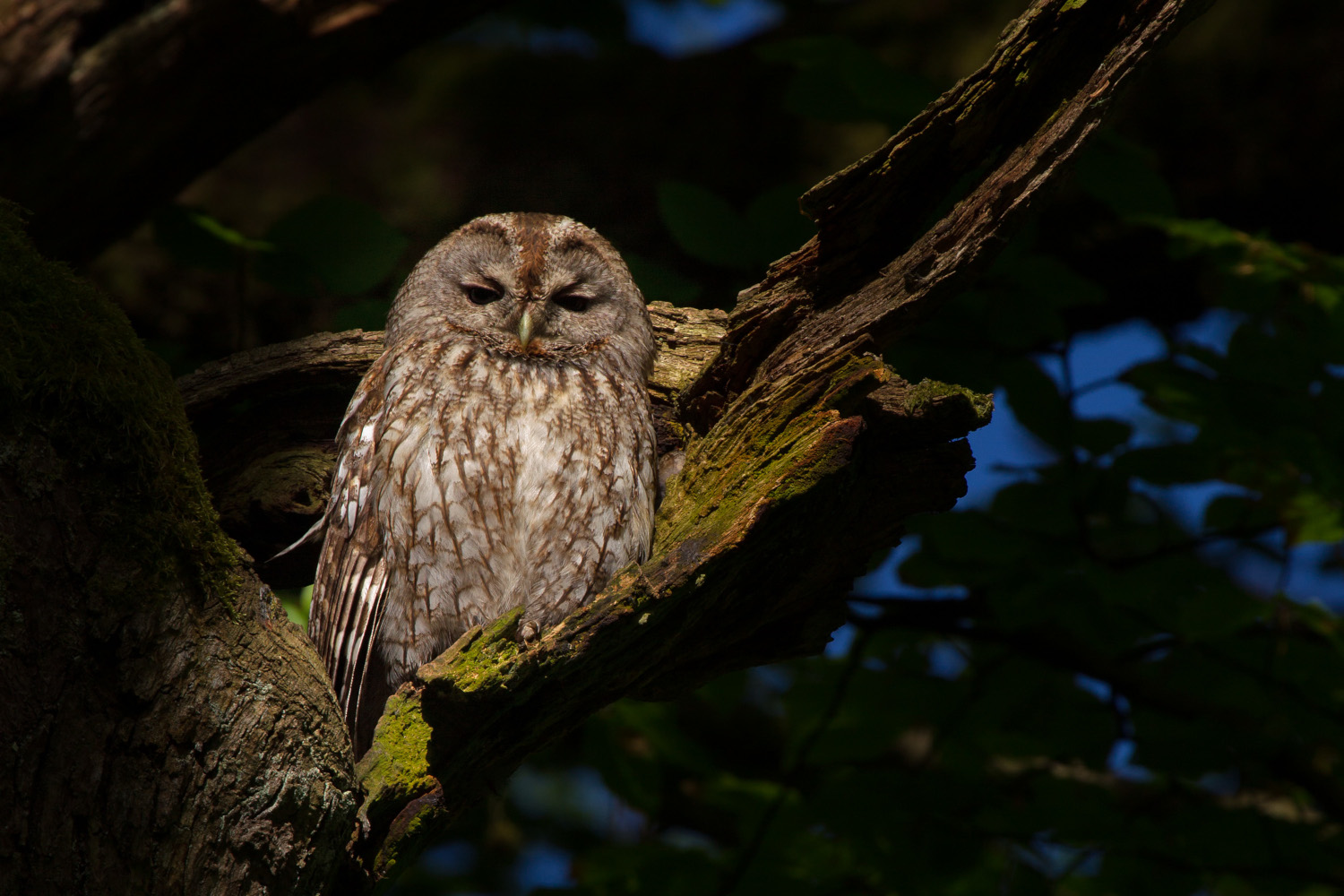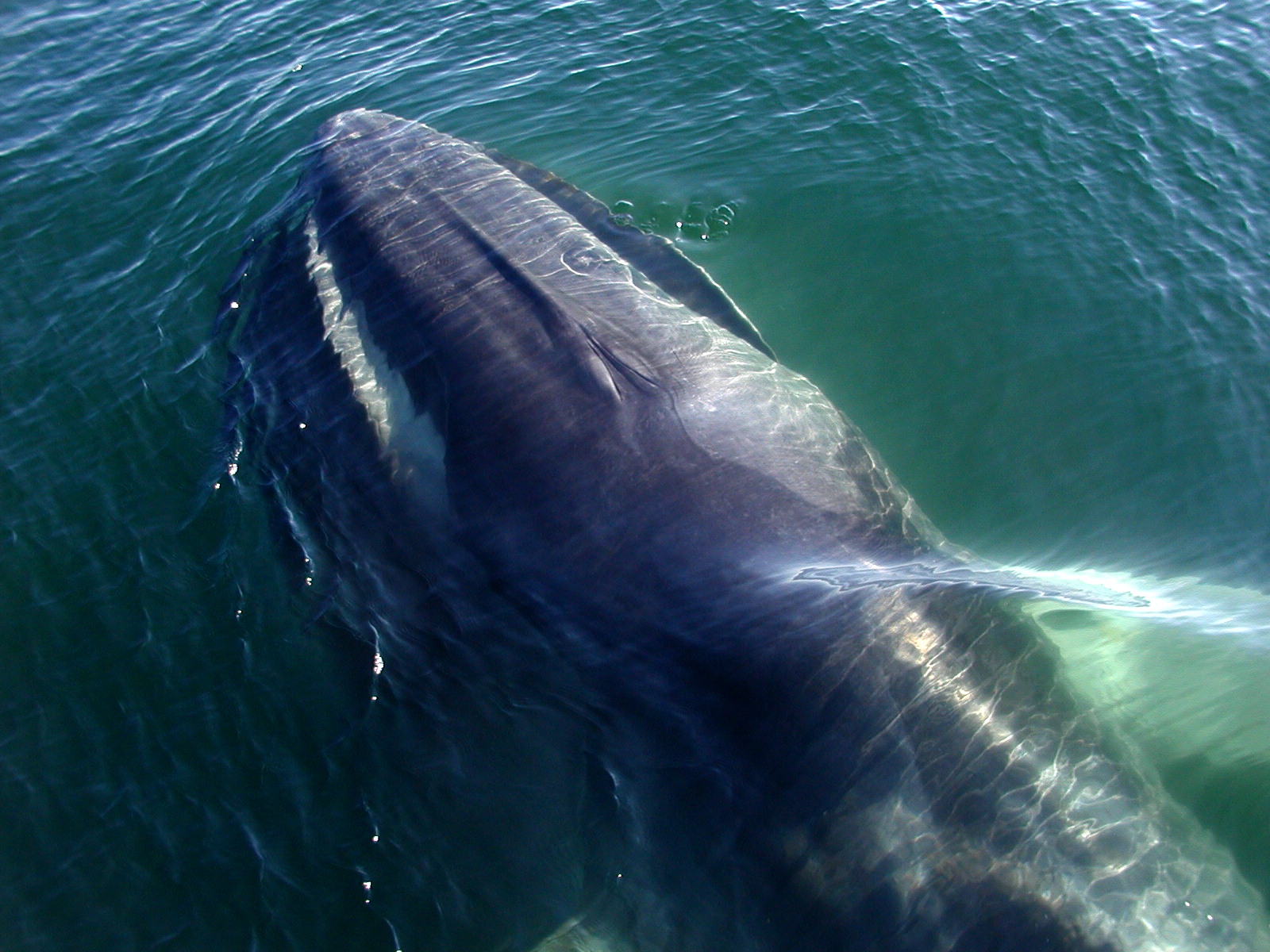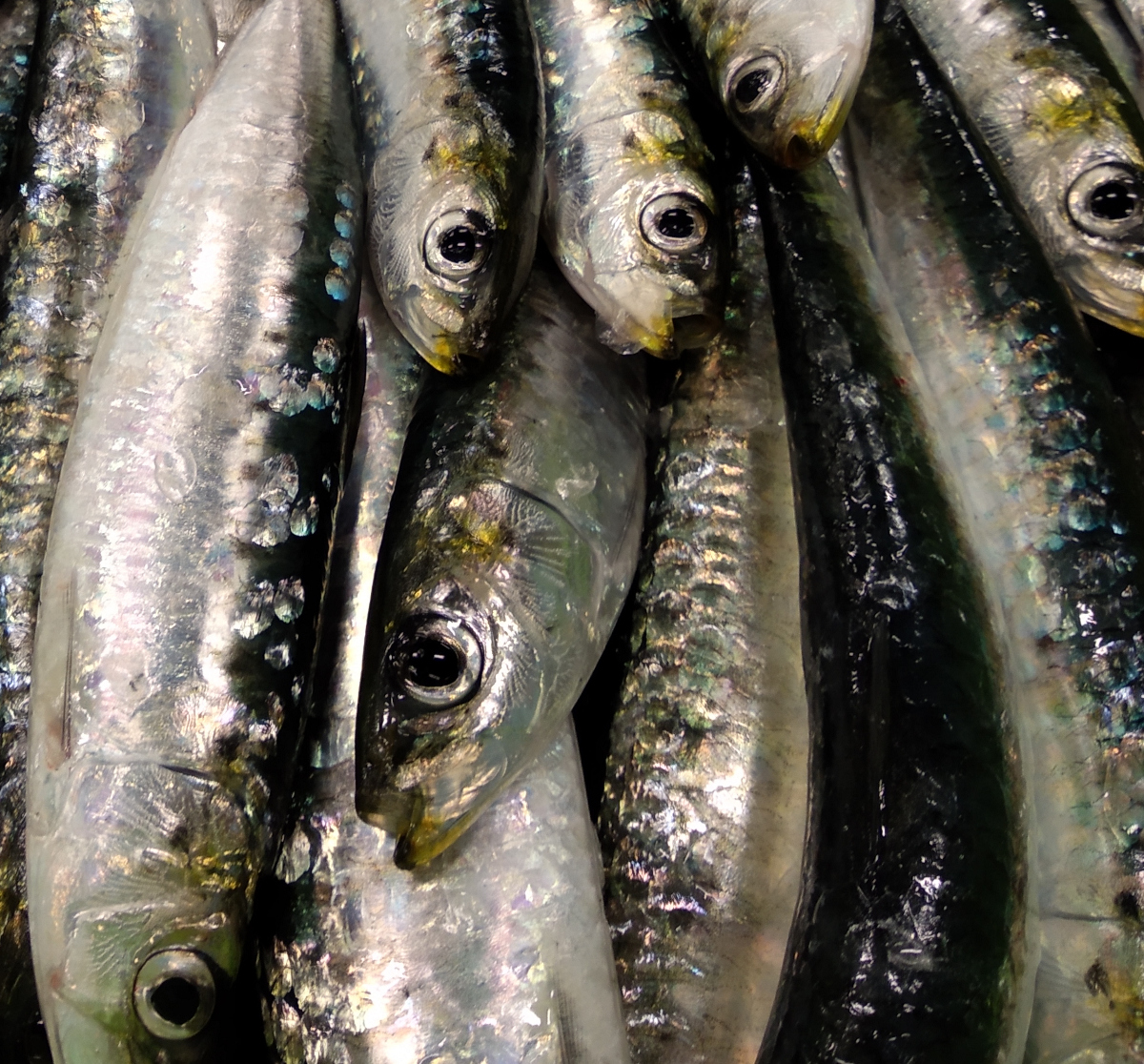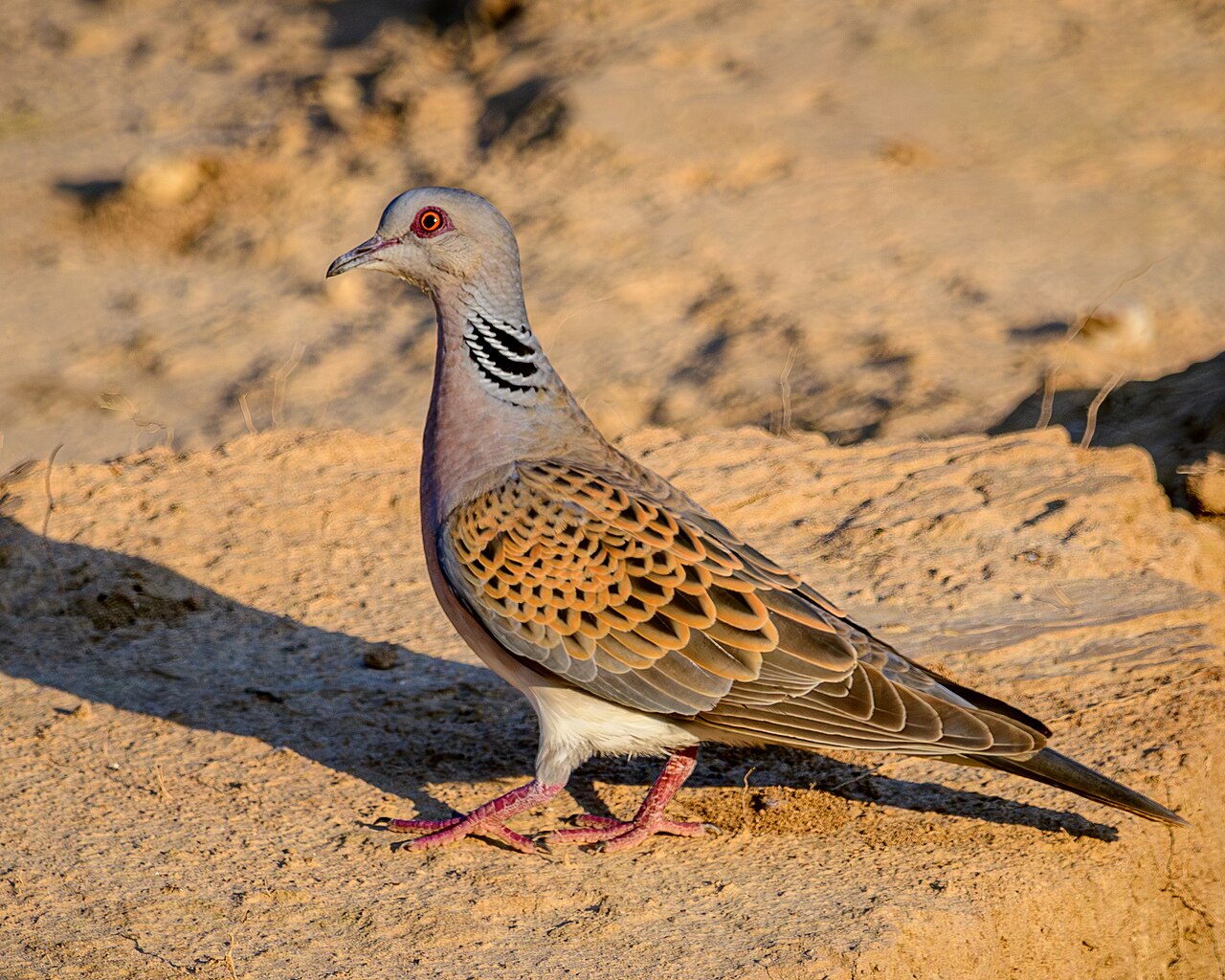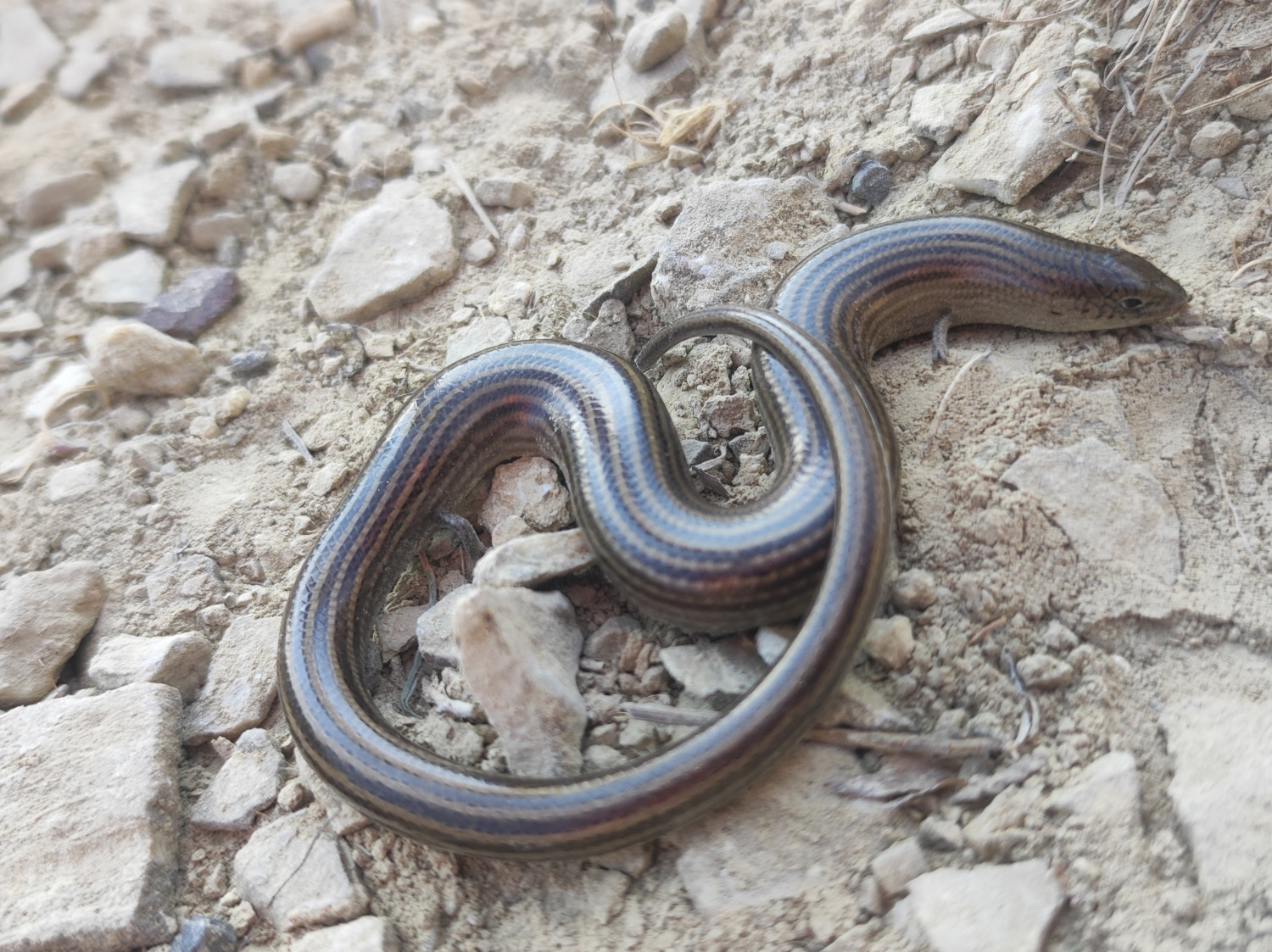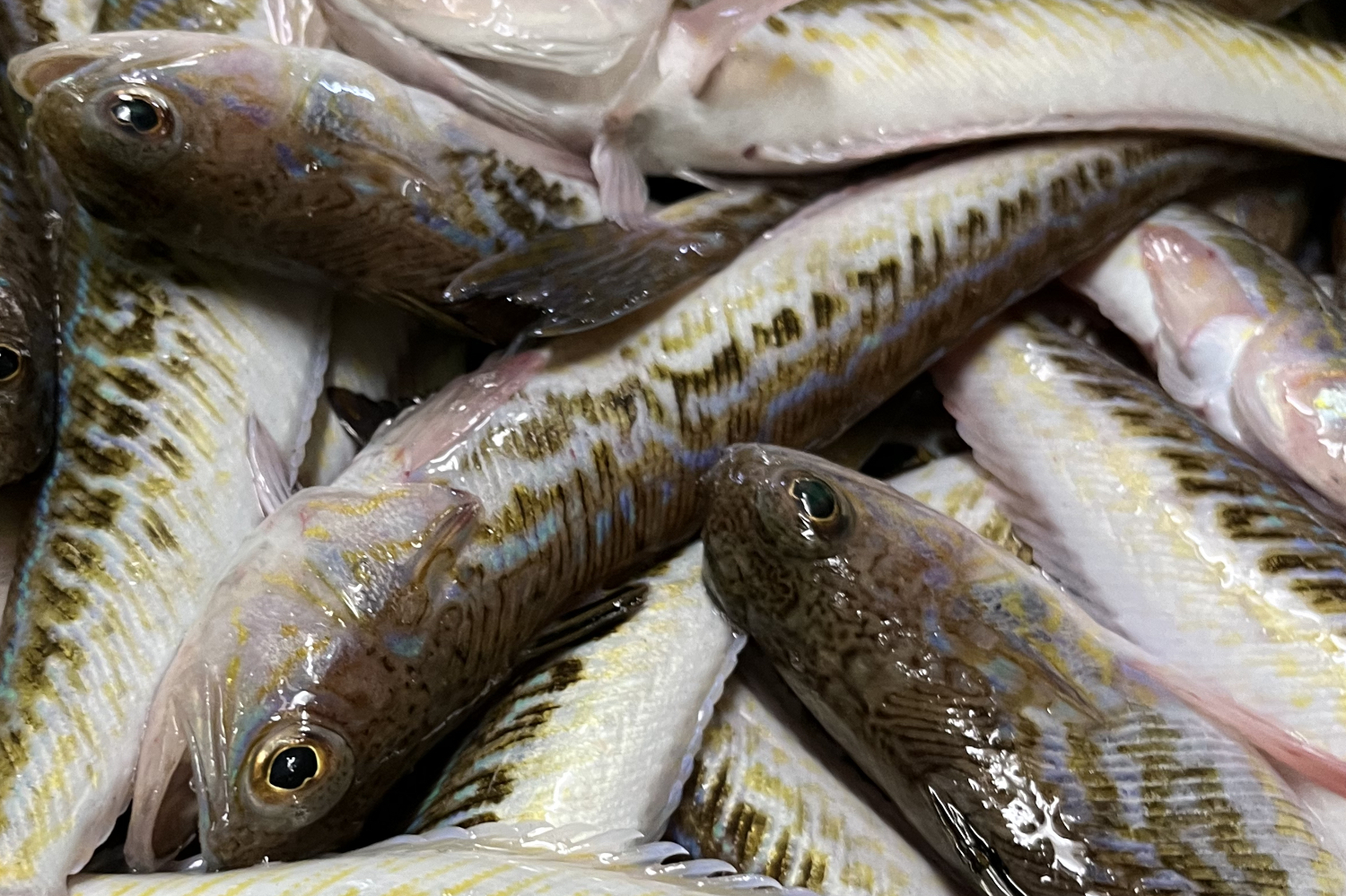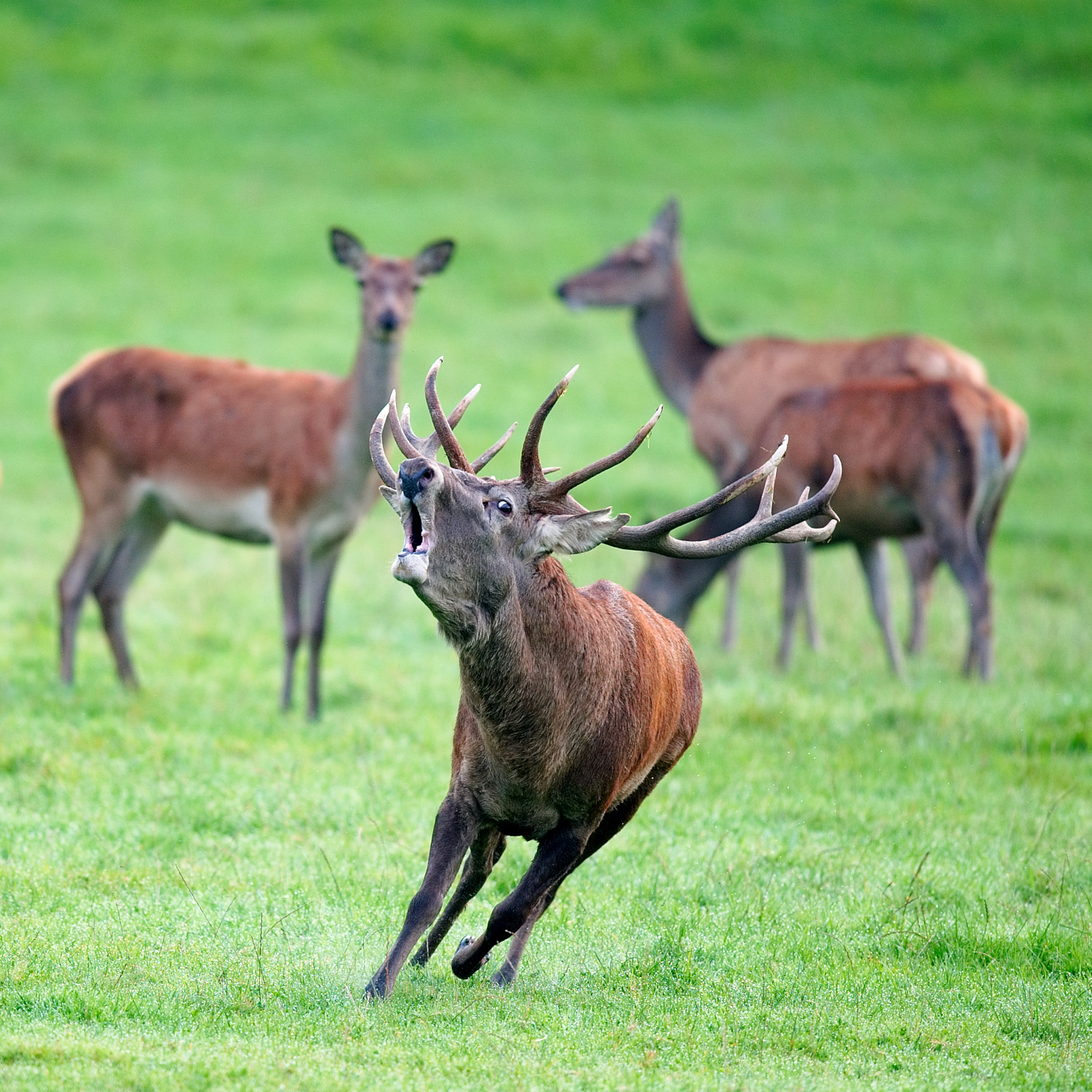Hayedo relic
- The image of this beetle leaves no doubt: it has no equal. It is the only species of this genus in our territory, and also throughout Europe. Her large sizes (to be a beetle, of course) and her colorations are forever inserted into our eyes when it has been the happiness of seeing them. And that happiness, apparently, is getting less and less. Because their biology and the effects of human behavior don't fit well. Let's take a look at the summary of his biology.

Alpina Rosalia (Alpina Rosalia)
GROUP: Invertebrate/Insect/Coleoptera/Cerambycidae.
SIZE: 15 to 38 mm.
WHERE DO YOU LIVE? Hayedos from Europe (South and Centre).
What do you eat? Dead wood.
LEVEL OF PROTECTION Protected in Europe. Species of special interest in the Basque Catalogue.
The life cycle of the alpine Rosalia usually lasts between two and three years, as it appears that, when the conditions for its development are not favourable, it prolongs its larval period. Species linked to the old herds, inhabits the larval phase of standing or in the beech forests. He likes dry wood, and although you can often find it on fallen logs, his enemy is moisture. The larval phase is long, it consists of three stages or steps and it is filled inside the trunk. It may last for two or more years if conditions are not favourable (e.g. if the trunk you inhabit is absorbed by moisture). It also fills the pupa phase inside the trunk. Upon reaching maturity, the skin that was the pupa is broken and removed from the trunk by a path that opens in the larval phase. Males finish metamorphosis a few days before females (about a week). Since the flight period, i.e. the maturity phase of the insect, is usually very short – due to climatology or depredations – this species has an additional difficulty in proliferating. Adult insects can be found from April to October, but the months of June and July are the richest to see them.
Its appearance is extraordinary, with a predominant color of grey-bluish, moon-shaped. The surfaces protected by the wing (elitros) have black spots. The design of these spots is very variable and can vary a lot from one grain to another. The antennas are very long and the antennas of some males can reach twice the length of their body.
Rosalie is tied to beech trees and, although it can be found in other trees (elm, ash, willow, charm, walnut…) it is always at the height of the expansion of the hayedo. It can be found in standing or fallen trees, but it does not like humidity and looks for dry, well-ventilated wood.
It is a species that can be found in almost every red book in Europe, but the expansion of its populations and the ignorance about the abundance of the species is great. It is considered a species of Southern and Central Europe, and has only been found in the north of the Iberian peninsula. However, as has been said, much is missing to know its true expansion and abundance. We will not let it disappear before we know it!








